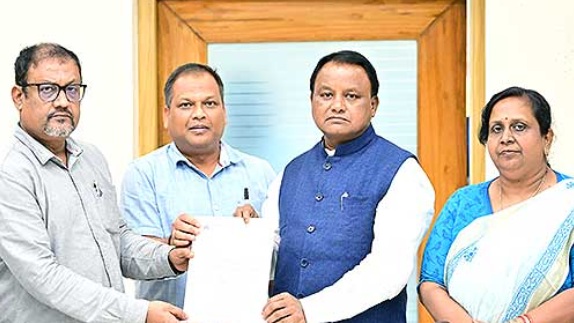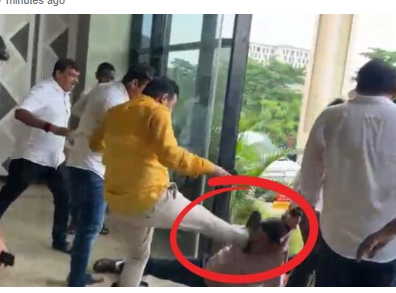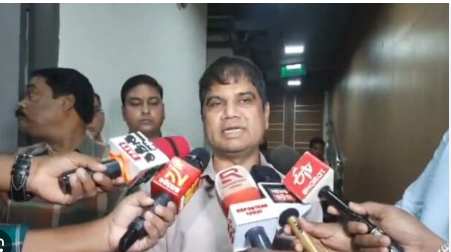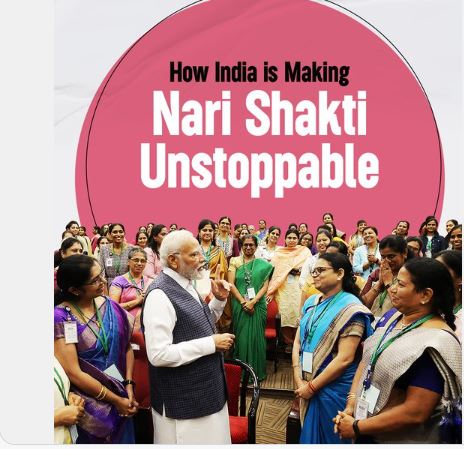Depositor Education and Awareness Fund

At December-end 2019, there were Rs.18,380 crore unclaimed deposits, i.e., deposits in accounts which have remained inoperative for over 10 years. Dr Manas R. Das Financial education among individuals is essential for financial development, which, in turn, overwhelmingly influences the overall economic and societal development. In a bank-led economy like ours, depositors constitute the prime mover, although, unfortunately, they aren’t accorded the pride of place. Appropriately financially literate and well-informed depositors can not only do good to themselves in many ways but also can exercise necessary discipline on the risk-taking behavior of bankers. It is noteworthy here that ‘depositor discipline’ is a major source of Market Discipline for Pillar 3 under Basel III. Conversely, financially uneducated and ill-informed depositors have the potential to destabilize the banking system by falling prey to or spreading rumors about the health of a bank or banks even if their problems are not authenticated or well-recognized. Today, in the wake of widespread and increasing financial frauds, both on assets and liabilities sides of banks, even the individual account holders have become unsafe. For instance, fraudsters are exploiting the dark side of modern technology to target the financially uneducated and ‘innocently’ careless customers, who are bearing huge financial losses and emotional stress. Therefore, individual customers, who are typically ‘small’ in India, must go for ‘self-defence’ by educating themselves financially and behaviorally. Depositor Education and Awareness Fund The need to educate depositors and enhance their awareness was recognized in the Banking Laws (Amendment) Act, 2012, whereby Section 26A was inserted in the Banking Regulation Act, 1949 which, inter alia, empowered RBI to establish a Depositor Education and Awareness Fund (DEAF) (hereinafter referred to as Fund). The Monetary Policy Statement 2013-14 announced on May 3, 2013 took cognizance of this, and on March 21, 2014 RBI advised banks the scheme details after obtaining suggestions from the stakeholders, but pending the central government’s Notification in the Official Gazette. The scheme was notified in the Official Gazette on May 24, 2014. RBI circulated the operational guidelines to banks on May 27, 2014. As per the guidelines, the amount to the credit of any account in India with any bank which has not been operated upon for a period of 10 years or any deposit or any amount remaining unclaimed for more than 10 years is credited to the Fund, within a period of three months from the expiry of the said period of 10 years. At December-end 2019, there were Rs.18,380 crore unclaimed deposits, i.e., deposits in accounts which have remained inoperative for over 10 years. Further, banks are required to transfer to the Fund the amounts becoming due in each calendar month and the interest accrued thereon on the last working day of the subsequent month. (For a list of accounts designated as ‘inoperative’, see the RBI Circular dated March 21, 2014). The Fund is to be utilized for promotion of depositors’ interests and for such other purposes which may be necessary for the promotion of depositors’ interests as specified by RBI from time to time. The depositor is, however, entitled to claim from the bank her/his deposit or any other unclaimed amount even after such amount has been transferred to the Fund, on fulfilment of the necessary Know Your Customer guidelines. The bank is liable to pay the amount to the depositor/claimant and claim refund of such amount from the Fund. The DEAF Account was created by RBI in electronic form under Core Banking solutions (also called E Kuber), and remittances are made by banks to it by using their DEAF Code allotted by RBI. The Board of Directors of banks have to authorize their two officials to operate the DEAF Account for claims/refunds. The balance in the DEAF account has to be shown in the Balance Sheet of the banks under Contingent Liabilities. There is also a DEAF Cell in RBI, and the Fund is managed by a committee headed by one of its deputy governors and six members. The committee decides the modalities for utilizing the amount with the primary objective being undertaking educational initiatives for customers. These could include information-sharing seminars or research projects related to banking practices. The committee also advises RBI on the periodic rates of interest to be paid on funds parked by banks. (To be continued) About the Author: Dr. Manas R. Das is a former senior economist of the State Bank of India. He has over 30 years of experience as an economist in two large commercial banks. Academically, he is a gold medalist in Bachelor of Arts with Economics Honours from Utkal University, followed by Master’s in Economics from Delhi School of Economics and Doctorate in Economics from Gokhale Institute of Politics and Economics. He is also a Certified Associate of the Indian Institute of Bankers. He has won several awards, besides being a prolific writer.
Latest News

OASA postpones mass leave after CM’s assurance...

Exciting lineup of Odia films set to release t...

Hera Panchami 2025: Goddess Laxmi’s divine pro...

Puri Rath Yatra stampede: Administrative probe...

OAS officers to go on mass leave from tomorrow...

Puri Rath Yatra: 1st Adapa Mandap Mahaprasad p...

OAS Association denounces attack on BMC Additi...
Copyright © 2024 - Summa Real Media Private Limited. All Rights Reserved.
























